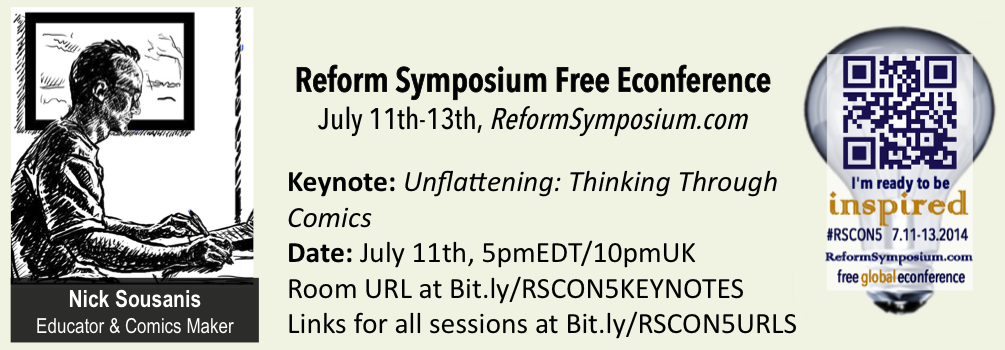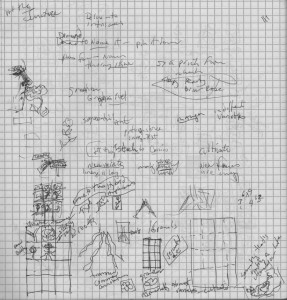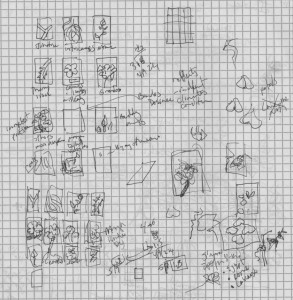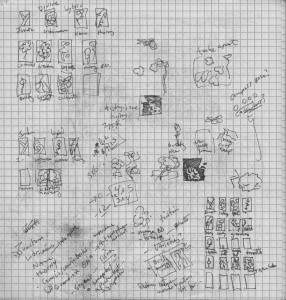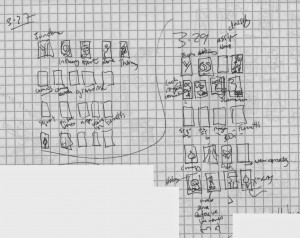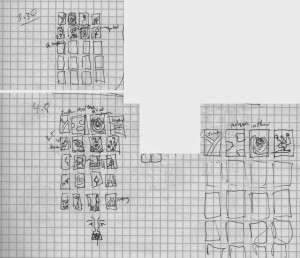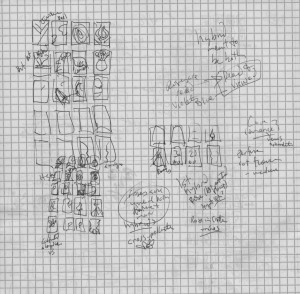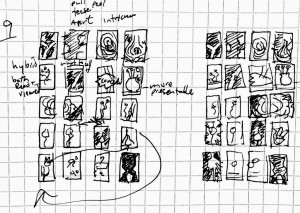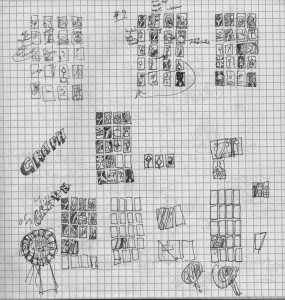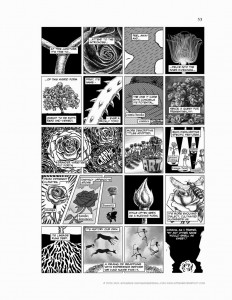This Friday, July 12 at 5pm EST, I’ll be doing an online presentation of my work and the educational promise of comics as a keynote for the Reform Symposium Free Online Conference (RSCON5). This annual virtual gathering is put on by an organization of educators called “The Future of Education,” and I offer my thanks to organizer Shelly Terrell for the kind invitation to share my work with this community. I’m pleased to be among such a strong and diverse field of educators, and I recommend checking out the programming and tuning in.
If you can’t attend virtually, I hit some similar points at my talk at Microsoft Research last summer, which was recorded. I also turned an even earlier talk from the Sequential Smart conference into an illustrated article (the pdf of which is available here). (And if you’re new to this work, the Chronicle of Higher Ed’s recent interview serves as a good primer.)
As the dissertation is complete, I’m now in the process of prepping the work for its next phase (about which I’ll speak more of later). One of the things I couldn’t do for the dissertation, but intend to do in its forthcoming iteration, is to take the text-only parts – my acknowledgments, references, and endnotes – and give them more visual form as befitting the rest of the work. I’m dreaming up approaches at the moment – but I’m also seeking suggestions for good examples of what’s out there. I welcome your dialogue on this – drop me a line at nsousanis @ gmail.com – I’d love to hear from anyone with thoughts along these lines.
Since there aren’t new pages that I can post, I thought I’d share a page I’d posted earlier, from Chapter 3, and offer a behind the scenes look at the progression of sketches that led to its creation. This page set up an indepth discussion of the workings of comics and addresses the trouble of the form’s name. I think this is one of the few examples where the development from start to finish, in all its twists and turns, is relatively easy to follow along by looking at my dated sketches. My comments from the endnotes section accompany the images below. Onward! – Nick
From the end notes:
Page 53: Various alternative names for comics are listed or integrated into the imagery here (for a list of alternative names for comics, see Duncan & Smith, 2009, p. 18). Manga, bandes dessinées, and fumetti are terms for comics respectively in Japan, France, and Italy (specifically of the photo-comics variety). McCloud (1993) and Hogben (1949) connect comics back in time to a lineage that began with the cave paintings at Lascaux. “A rose by any other name would smell as sweet” stems (ha!) from Romeo and Juliet, in which Juliet argues that the names of things do not matter, only what things are.


